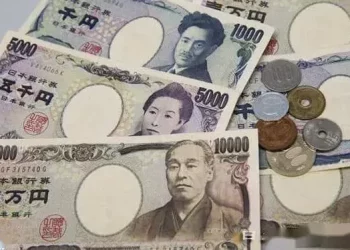What is programmatic/quantitative trading?
Quantitative investment is an investment method that takes data model as the core, program trading as the means, and the pursuit of absolute returns as the goal.
Broadly speaking, program trading is quantitative investment;
But in a narrow sense, program trading is a means of trading.
In OUR COUNTRY, THE DEFINITION OF procedural trading is basically adopted IN the broad definition, namely quantitative trading.
Among them, quantitative trading can be divided into three categories: hedge arbitrage, speculation and high-frequency.
At present, there is no uniform and authoritative definition of program trading in academia and industry.
In China, programmatic trading in the general sense is mainly the application of computers and modern network systems. According to the preset trading patterns and rules, when the mode conditions are triggered, the computer will immediately complete the combined trading orders, which is a new electronic trading method to realize automatic ordering.
In other words, the domestic capital market’s understanding of program trading no longer focuses on trade size and concentration, as the NYSE does, and only emphasizes the importance of trading models and computer programs in trading.
Although this has sparked a heated discussion among investors about program trading, from the perspective of future development, it is almost impossible to ban program trading fundamentally.
So, from a fundamental technology perspective, until the exchange reverts to human sitting 100 years ago, program-trading cannot be fundamentally banned as long as software is allowed to post.
At the same time, I am concerned that the majority of retail investors in the Chinese market are the root cause of the current restrictions on program trading.
Programmatic trading is huge compared to ordinary retail investors because there are so many of them and they are so backward.
In the face of advanced quantitative investment tools, it has no ability to stop.
From this perspective, regulators are trying to protect lagging productivity by banning proceduring, just as traditional businesses tried to block e-commerce a decade ago.
With the development of the capital market, retailization is an inevitable problem.
The history of international financial markets shows that the elimination of retail investors by institutions is an inevitable historical process.
From the perspective of financial engineering and quantitative investment, program trading can be divided into high-frequency trading and low-frequency trading according to trading frequency.
According to the purpose and motive of trading, program trading can be divided into hedging, arbitrage and speculation.
The specific process of investment trading can include two parts: the decision-making of trading and the way of trading execution.
From the regulator’s point of view, more attention should be paid to the potential risks arising from programmatic trading.
From the perspective of risk control and easy supervision, it can be divided into the following five categories: predictive strategy: for the same type of subject matter, it uses its historical performance and investors’ current market conditions to predict the future trend, including trend prediction, reversal prediction, alpha prediction, price prediction, etc.
Automated Market maker Type Strategy: Like regular market makers, automated market maker high-frequency traders provide liquidity by supplying buy and sell orders to the market.
The difference is that they operate in the opposite direction of investors to provide liquidity.
Event-based strategies: Invest according to special events in the market and specific rules of the investor.
Including event investment and rule investment.
Arbitrage and hedging: To gain or hedge the difference between two or more different types of subject matter.
It includes cross-variety arbitrage, cross-market arbitrage, inter-time arbitrage, option arbitrage, future arbitrage, statistical arbitrage, future hedging, option hedging and other types.
Trigger market following strategy: capture market dynamics, trigger market follow-up, such as frequent order cancellation, induction.
Most of these strategies are not compliant and would be considered market manipulation.

























